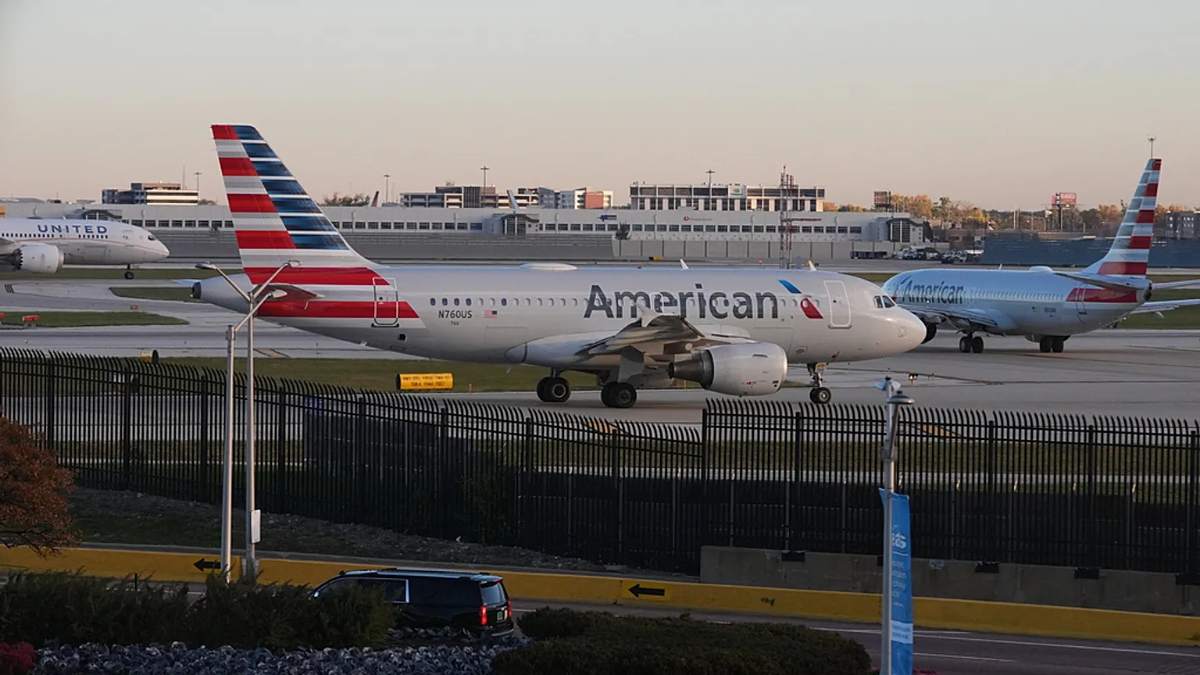Now Reading: FAA Orders Flight Cuts at 40 ‘High-Volume’ US Airports Amid Shutdown Row
-
01
FAA Orders Flight Cuts at 40 ‘High-Volume’ US Airports Amid Shutdown Row
FAA Orders Flight Cuts at 40 ‘High-Volume’ US Airports Amid Shutdown Row

The ongoing government shutdown has escalated to a critical point for air travel in the United States, with the Federal Aviation Administration (FAA) announcing a significant and proactive measure to maintain safety: a 10% reduction in air traffic across 40 of the nation’s busiest air travel markets. This decision, driven by severe staffing shortages and mounting fatigue among unpaid air traffic controllers, is set to cause widespread disruption for millions of passengers.
The Rationale Behind the Drastic Cut
The extraordinary step comes as the government shutdown continues, forcing approximately 13,000 air traffic controllers and 50,000 Transportation Security Administration (TSA) officers to work without pay. The protracted financial strain has led to increased absenteeism, with controllers calling out sick or seeking second jobs, exacerbating existing staffing shortfalls at control facilities across the country.
Transportation Secretary Sean Duffy and FAA Administrator Bryan Bedford emphasized that the decision was a proactive move to prevent a crisis and uphold the highest safety standards. Citing confidential safety assessments and a surge in voluntary safety reports from pilots, Administrator Bedford stated, “We are seeing pressures build in a way that, if we allow it to go unchecked, will not allow us to continue to tell the public that we operate the safest airspace system in the world.”
The 10% capacity reduction is slated to begin phased implementation, with the full cut expected to be in effect by early next week, potentially impacting between 3,500 and 4,000 flights daily.
The Affected Airports: Major Hubs Expected to be Hardest Hit
While the FAA and Department of Transportation (DOT) initially declined to release the official, final list of the 40 affected airports until after consulting with major airlines, a proposed list obtained by sources familiar with the discussions indicates that the cuts will target major national and international gateways.
Key airports expected to be impacted include major hubs in:
- New York City Area: John F. Kennedy International (JFK), Newark Liberty International (EWR), and LaGuardia (LGA).
- Chicago: O’Hare International (ORD) and Midway International (MDW).
- Atlanta: Hartsfield-Jackson Atlanta International (ATL).
- Dallas/Fort Worth: Dallas/Fort Worth International (DFW) and Dallas Love Field (DAL).
- Los Angeles Area: Los Angeles International (LAX) and Ontario International (ONT).
- Washington D.C. Area: Ronald Reagan Washington National (DCA) and Washington Dulles International (IAD).
- Other Major Cities: Boston (BOS), Miami (MIA), Phoenix (PHX), Denver (DEN), Seattle (SEA), and Orlando (MCO).
The capacity reductions are not solely focused on passenger traffic. Reports indicate the list also includes airports critical for cargo operations, such as Memphis International (MEM) and Louisville International (SDF), and airports heavily used for private and business aviation, like Teterboro (TEB) in New Jersey.
Impact and Airline Reaction
Airlines are now scrambling to adjust their schedules to meet the mandatory 10% reduction, a mammoth logistical challenge with minimal lead time. The trade group Airlines for America, representing major carriers like Delta, United, and American, confirmed they are working with the government to mitigate impacts on passengers and shippers.
Travelers are already experiencing the strain. Even before the 10% mandate, thousands of flights have faced delays and cancellations due to staffing issues at control towers and security checkpoints. The DOT has warned that more drastic measures could follow if the shutdown continues without resolution.
The situation underscores the severe repercussions of the federal stalemate on essential public services, transforming a political dispute into a widespread travel nightmare for millions of Americans and international visitors.










